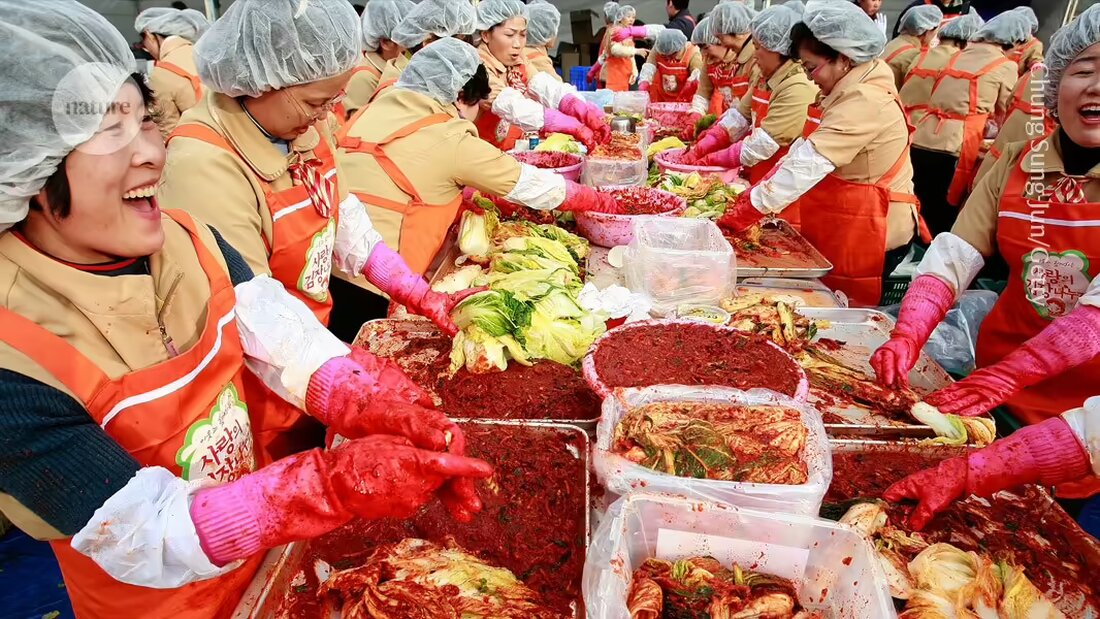You are what you eat – at least when it comes to the microbiome. A catalog of microorganisms from more than 2,500 types of cheese, meat and other foods suggests that a small part of each person's microbiome comes from the foods they eat. The study 1is the largest inventory of bacteria, fungi and other microbes in food to date.
Some microbes are an essential ingredient in fermented foods—from salami to sauerkraut to kimchi to kefir. Other microorganisms in fermented and non-fermented foods may be important for their flavor and other properties such as shelf life, says microbiologist Nicola Segata of the University of Trento in Italy, who led the work and appeared Aug. 29 inCellpublished.
Fermented foods
Segata and his colleagues sequenced microbial DNA from nearly 2,000 foods and consolidated this data with nearly 600 existing food microbiomes. Most of the foods were fermented — Segata was careful to include samples of Gorgonzola cheese, one of his favorites — but the study also included fresh meat, fish, fruits and vegetables.
Similar foods tended to harbor similar microbes, although closer inspection revealed some interesting patterns. Lactic acid producing bacteria includingLactobacilluswere particularly common in dairy products, but the composition varied. Dutch blue cheese hosted othersLactobacillus-Species as Italian fontina and mozzarella, for example. Microbes from coffee, kombucha and pu'er - a fermented tea from Yunnan, China - were similar to those in alcoholic drinks.
Almost every microbiome study discovers organisms that have never been seen before, and this one was no exception. About half of the microbes identified by the researchers were new. Pulque – a sour agave wine drunk in Mexico – was particularly rich in this microbial dark material, as were African palm wine and cheese broth.
Microbial overlap
When the researchers compared the food microbiomes with thousands of microbiomes from human guts and mouths, they found some overlap. About 3% of the microbial species in the gut of adults, 8% in children and more than 50% in newborns were also found in food. That doesn't necessarily mean that these microbes all came from the foods people ate, says Segata: The overlap could also suggest that in the past, food microbes were established in people's guts and circulated between people. The food microbes in newborns' microbiomes tended to be associated with dairy products, but were also found in breast milk.
None of these findings are particularly surprising, says Benjamin Wolfe, a microbiologist at Tufts University in Medford, Massachusetts. But the study lays the foundation for detailed investigations into why different microbes – and microbial communities – are present in certain foods. He's also interested in all the unknown microbes in what we eat. Exploring these, Wolfe says, could lead to new types of foods with novel properties.

 Suche
Suche
 Mein Konto
Mein Konto

